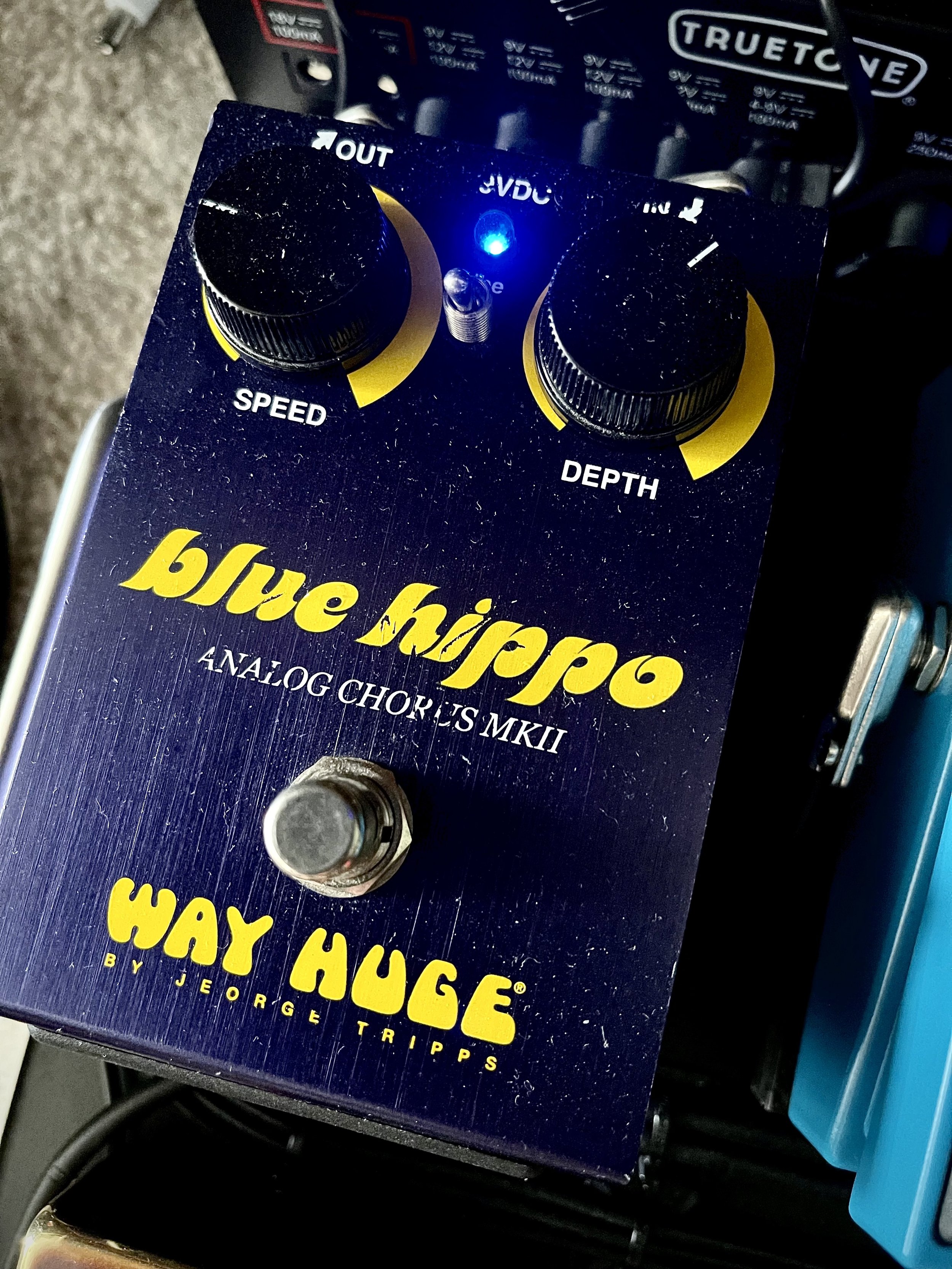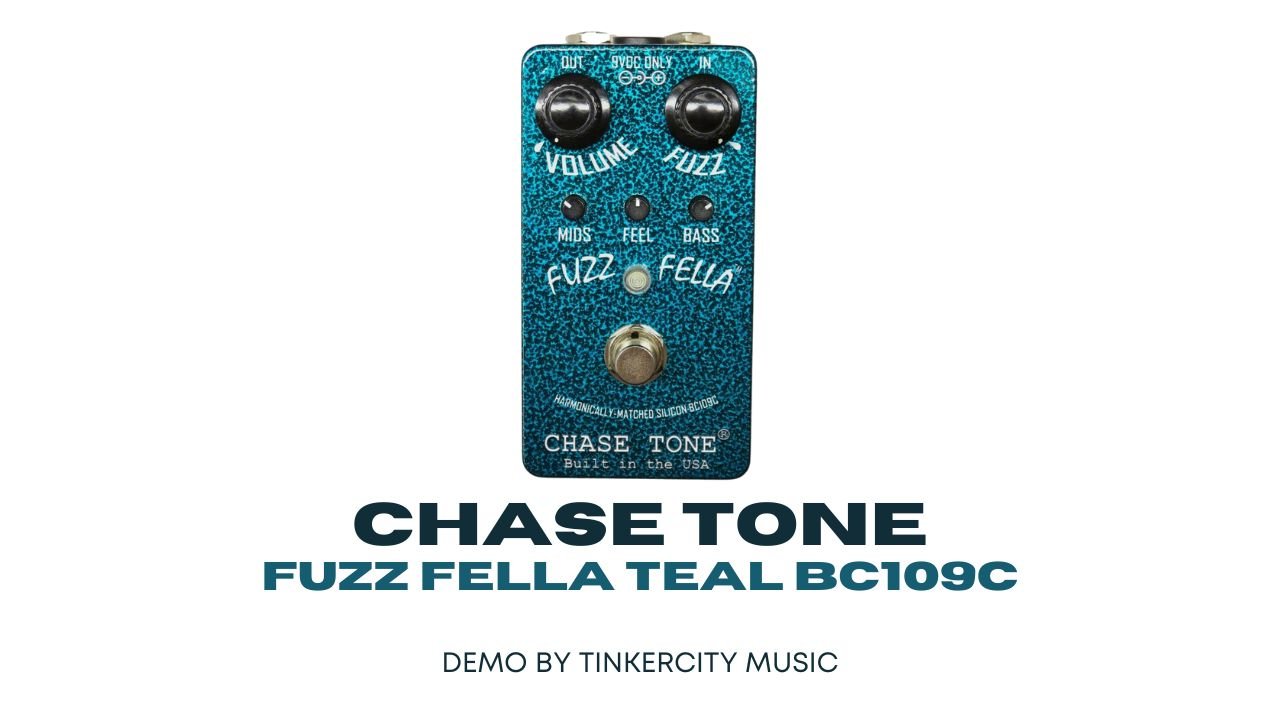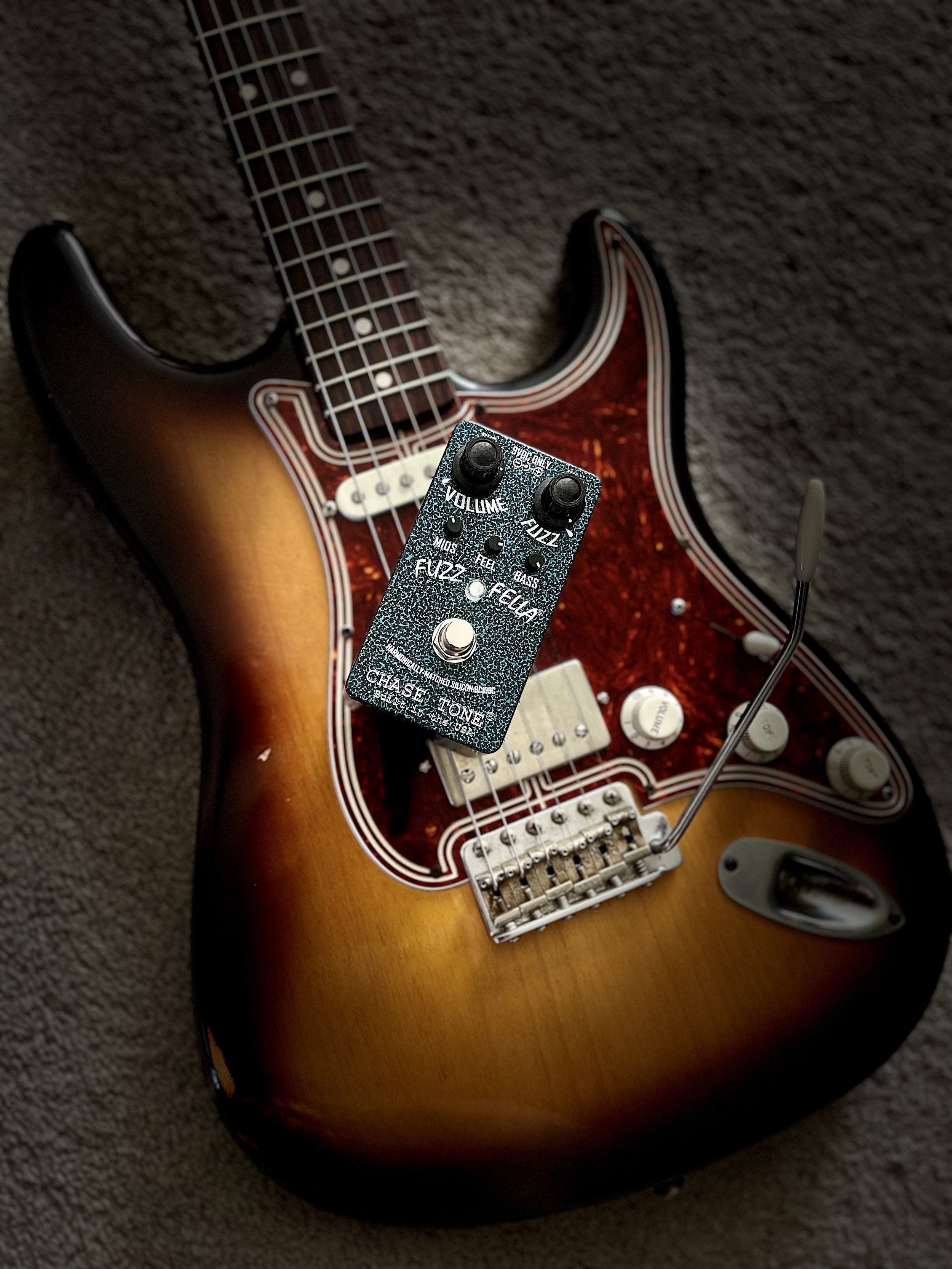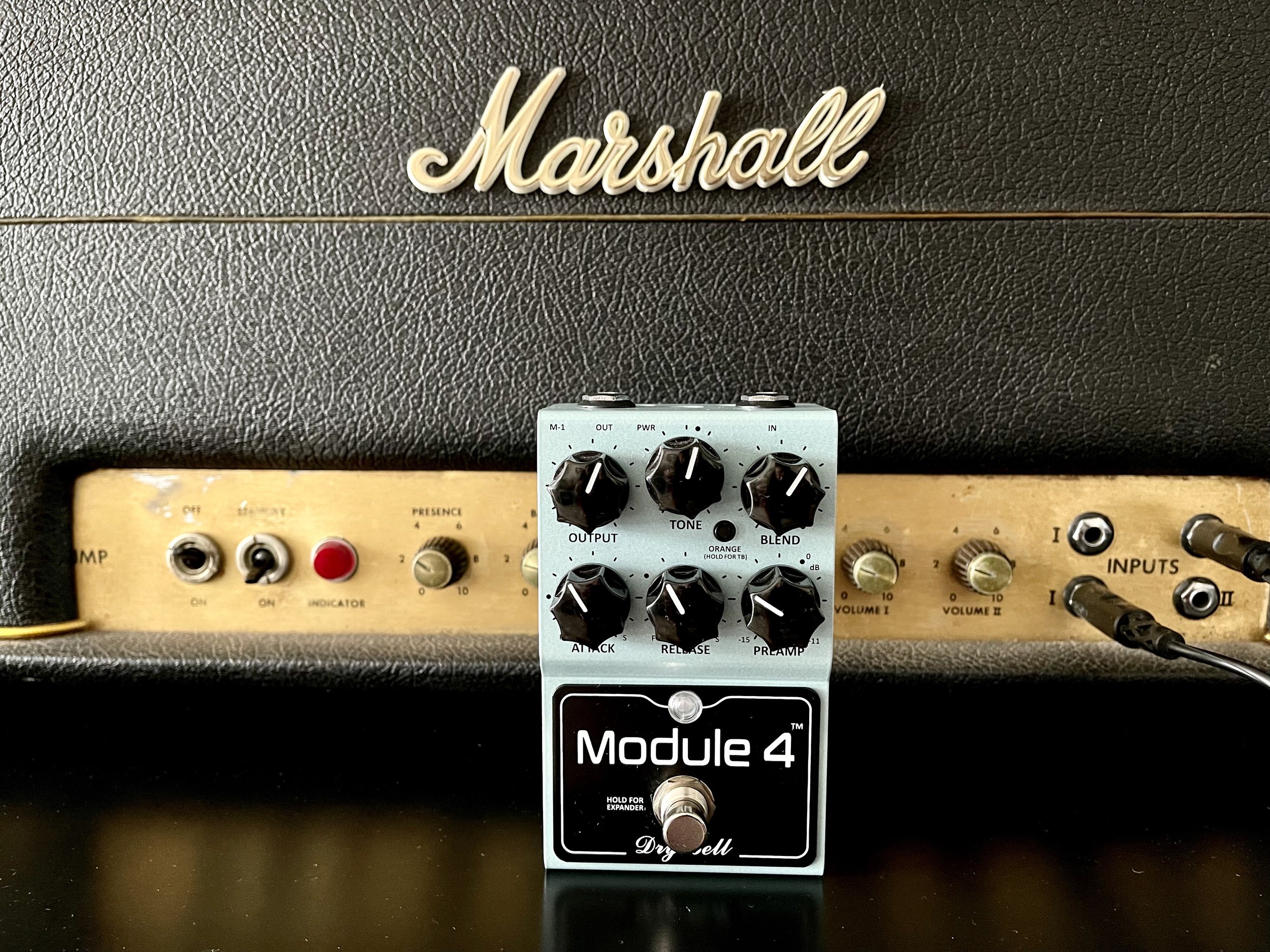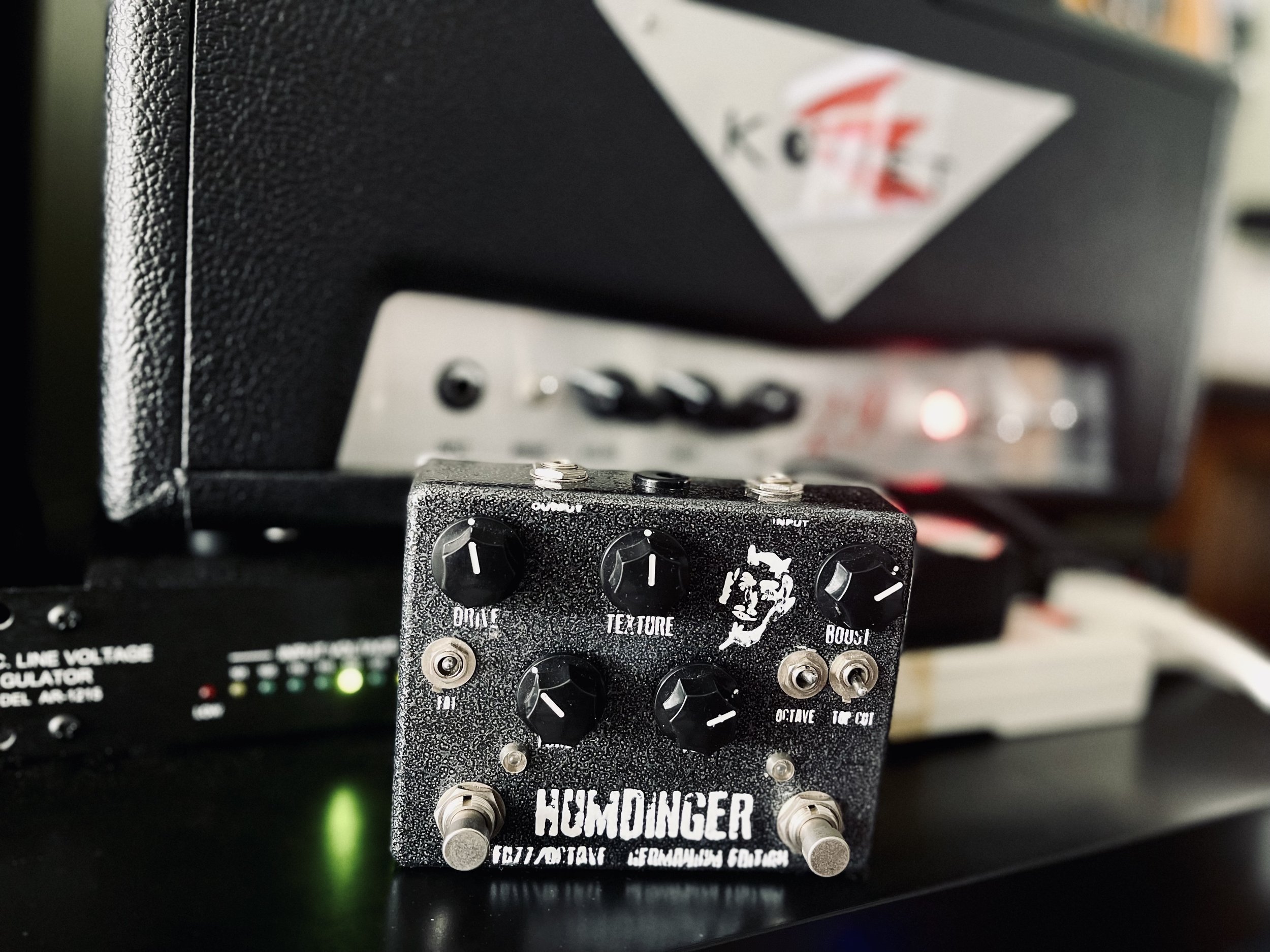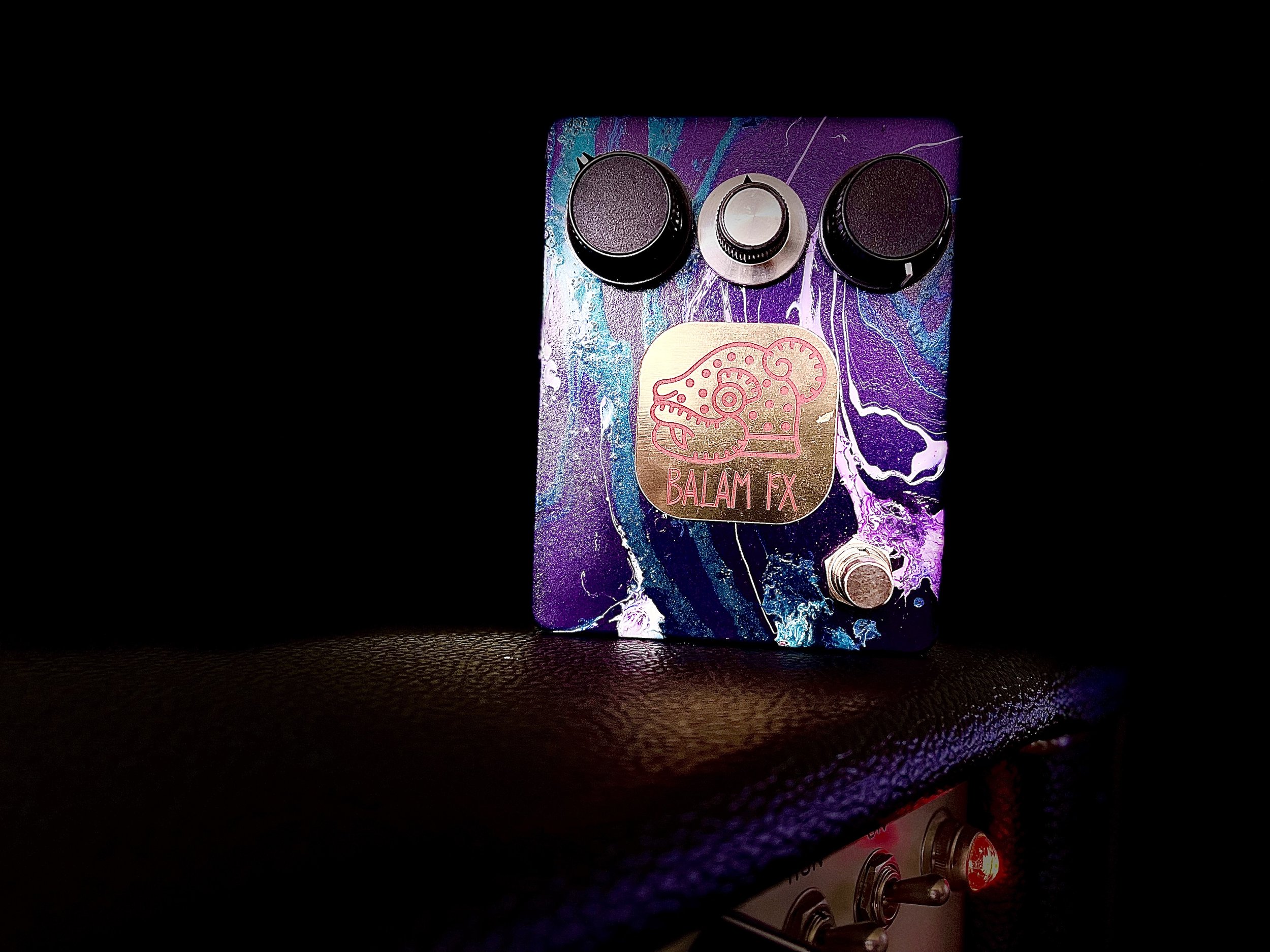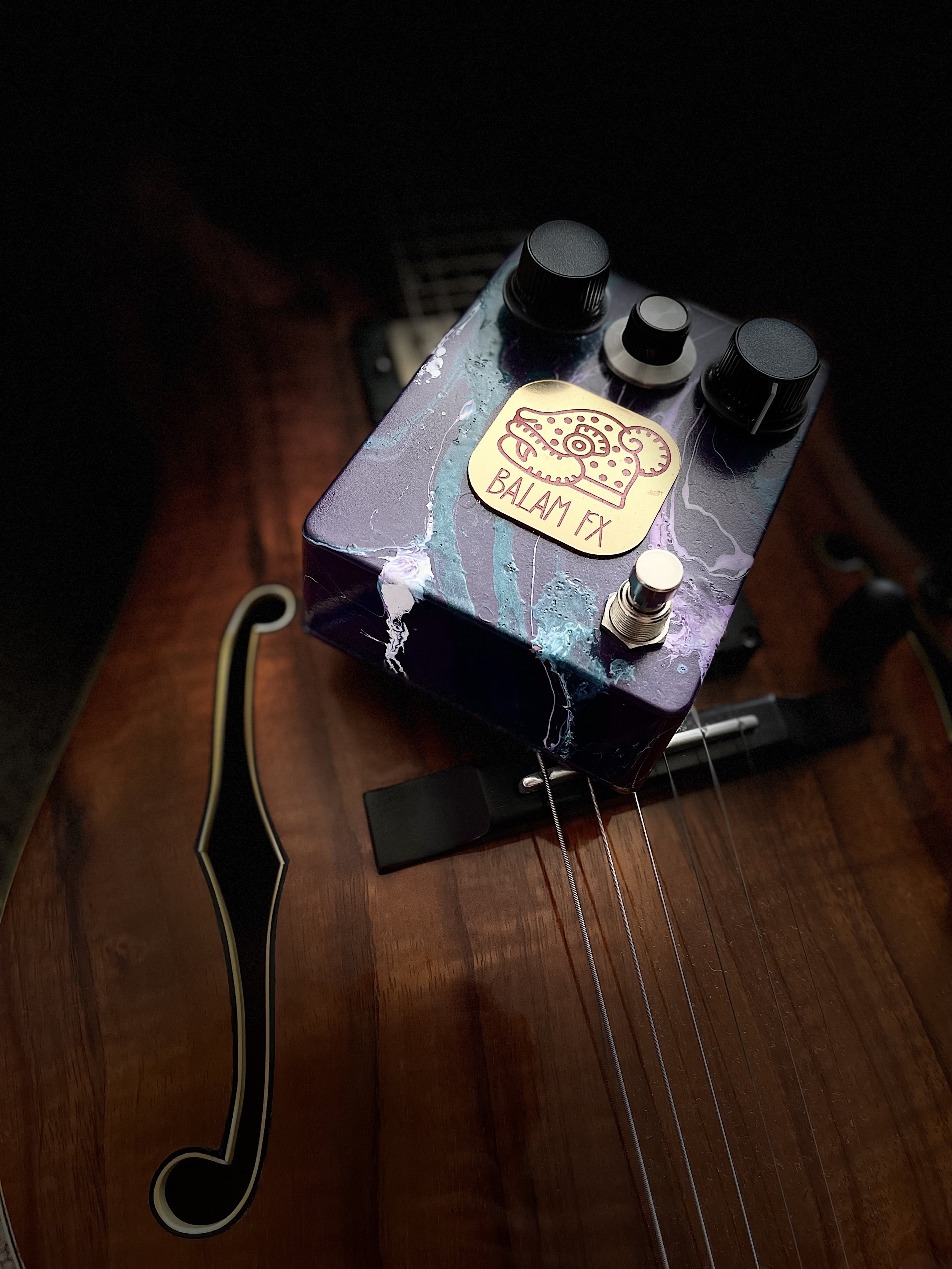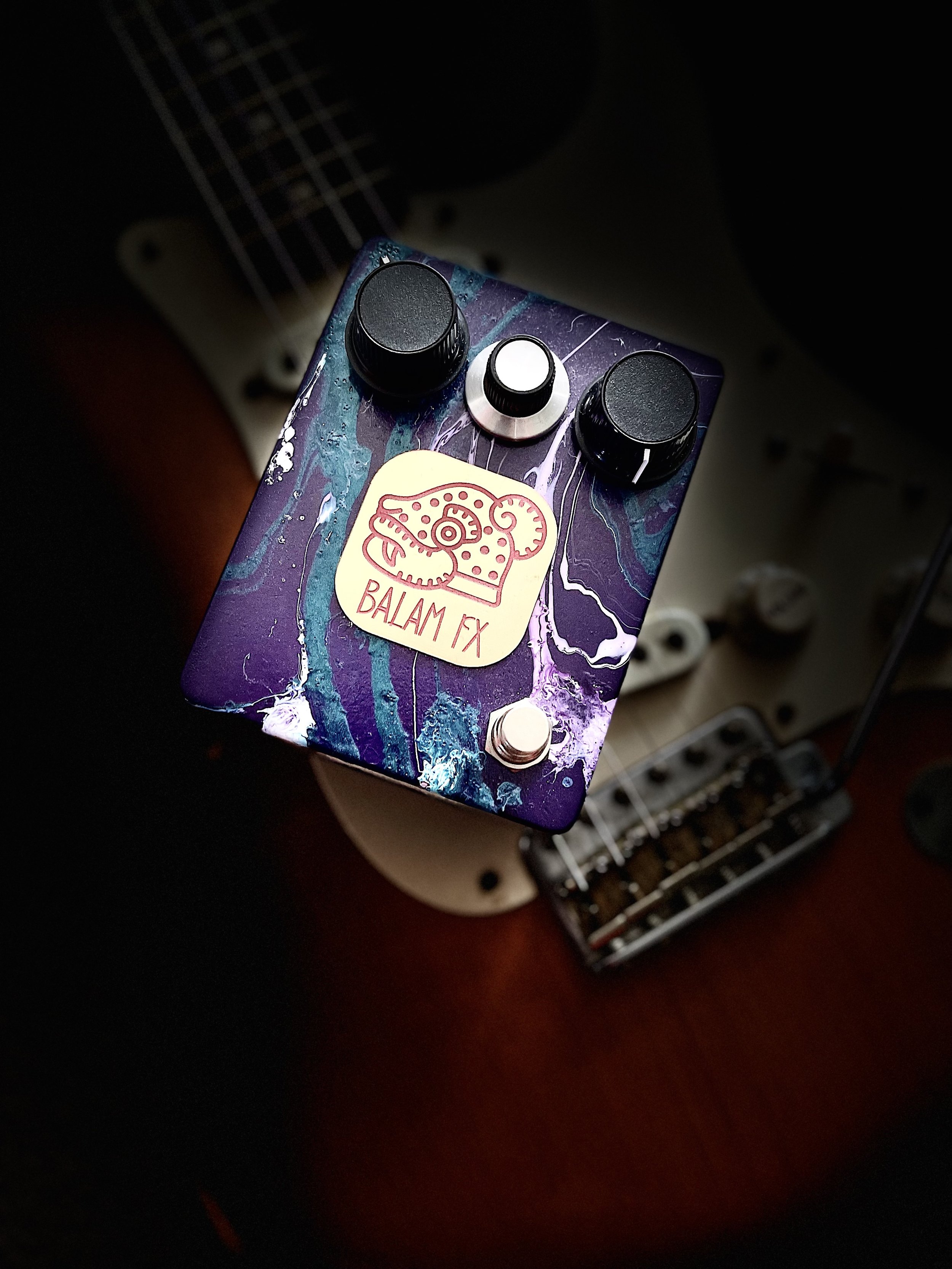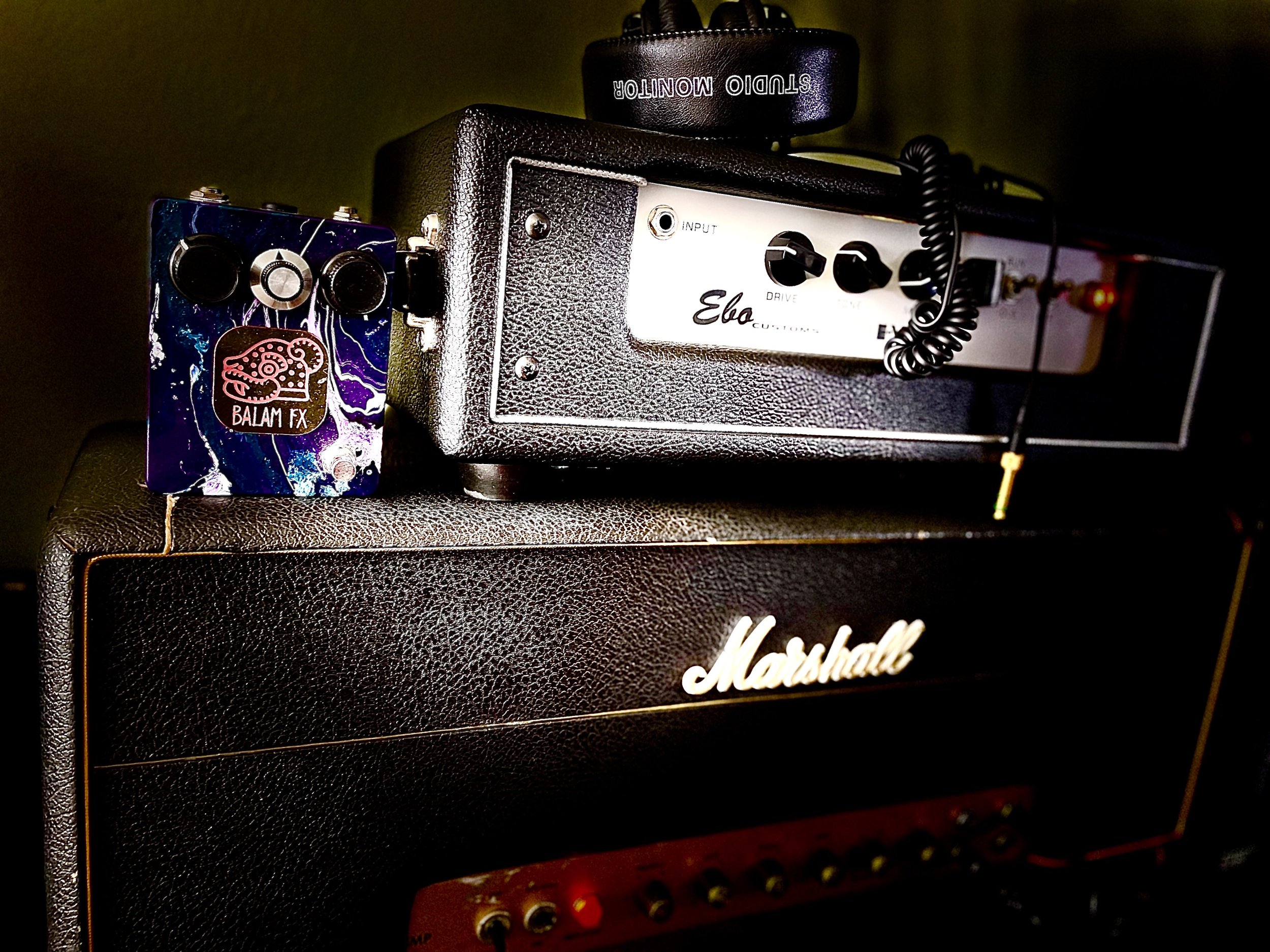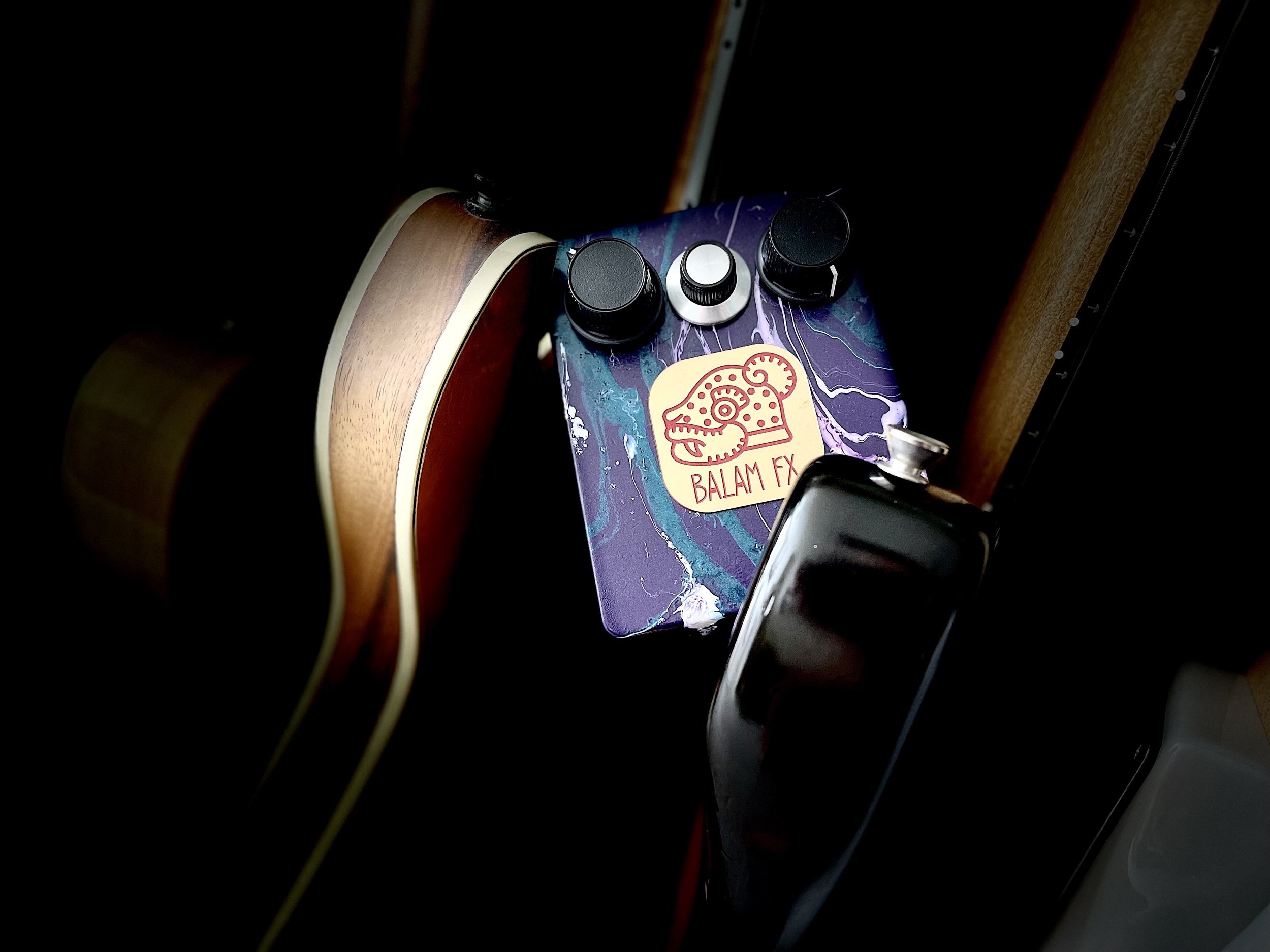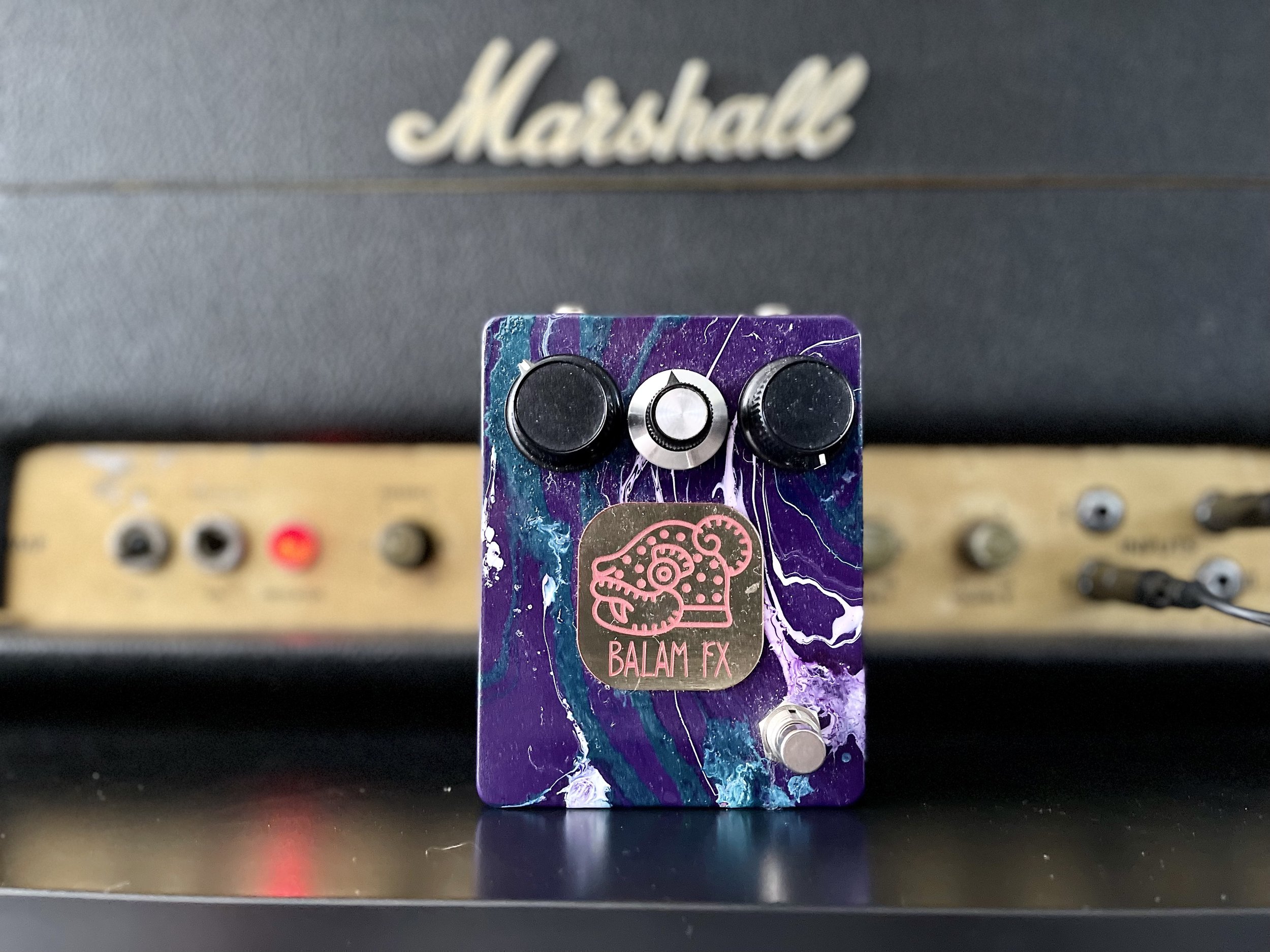Hello Gearheads, Welcome back! Today I’ve got a fun feature for you all. I’ve had this wonderful set of Ron Ellis Pickups in my Danocaster “Single Cut” for a short while and wanted to put together a feature on these wonderful pickups.
Ron Ellis, based out of Carlsbad, CA is building some of the most in demand sets of guitar pickups available today. Ron’s designs are so in demand, they often for years have fetched incredibly high prices on the used market. If you haven’t heard of Ron’s work, you’re either living under a rock, or maybe you’re not a guitar player! A scientist and engineer by trade, working for over 35 years on a National Fusion Energy Project, Ron has a mind that’s truly unique and his pickups reflect that in spades.
Today, I’m featuring a combination set for a HHS or Humbucker, Single, Single. I replaced a set of Rocketfire Total 60’s single coils that were stock in the Danocaster build many moons ago. I’ve always liked the Rocketfire’s but always felt I could have a bit more of a “speaking voice” with the pickups and I wanted to dip my toes in the bridge humbucker sound. The Ellis pickups are simply put, a masterpiece. They’re familiar, open and very dynamic… nothing to hide behind much like a really good amplifier. Ron’s pickups just speak in a different way, the hype, the mystery and the “It Factor” are all here folks. I get it now!
I chose the 64s Single Coils for the neck and the middle position. A perfect vintage 60’s style Stratocaster pickup that sits well within the tonal bank I’ve got in my head. The 64s’s are bell like with their chime and presence, but warm and full without getting murky or bloated in any way. The neck pickup isn’t dark or undefined in any way, with a nice woody character that’s truly inspiring to play.
The Bette Humbucker I chose for the bridge pickup position is based off the Patent Number PAF’s that were used in the 60’s ES (hollowbody guitars like the ES335 etc…) making them a very sweetly voiced, open humbucking pickup. Ron regards these as being a bit more fundamental sounding, which make them a great choice for a clear sounding humbucker. I tend to not like a super creamy and dark PAF in the bridge of a Stratocaster, so the Bette is a perfect match. I’m really impressed by the Bette and would love to try a set in my custom Montuoro hollow body. I think that would be a match made in heaven!
In the demo featured below, I used a variety of amplifiers and pedals to showcase how great these pickups sound. I tend to find that when using the exact same guitar in creating multiple layers, for example on a song or cues for a scoring session the guitars tend to stack up on themselves and you lose the character of the guitar and things get murky. Not the case here! Ron’s pickups are just straight up out of this world and I hope that everyone who wants to check these out can at some point in time. Ron’s retired from his previous full-time gig, so while the Ellis sets aren’t the cheapest around, they are available direct from Ron and his amazing family and crew!
Thanks for checking this Gearheads Feature on the 64s and Bette set from Ron Ellis Pickups. If you’d like to learn more about Ron and his work please do check out these sites for more information.
https://www.ronellispickups.com
https://www.instagram.com/ronellispickups/
https://www.facebook.com/ronellispickups
Until next time Gearheads, please take a moment to Like, Subscribe & Share this Feature and I’ll see you all very soon!






